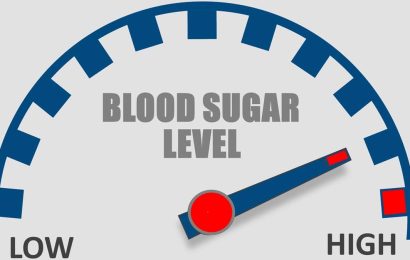Follow these tips for the most accurate monitoring results:
1. Check the expiration date on the bottle of strips being used, as well as the date the bottle was opened (it’s a good idea to mark the bottle with the date when you open it). Old strips and strips that have been exposed to heat or moisture may not give accurate results.
2. Some meters must be manually coded so the meter reads the strips properly. If yours does, make sure that the code number on the strip bottle matches the code on the meter. Check your meter’s manual for instructions if necessary.
3. Wash your hands (or the alternative site to be lanced) thoroughly with soap and water. Allow them to air dry, if possible; if you use a towel to dry them, be aware that any substance such as hand lotion or food on the towel can affect your results.
4. Shake the hand to be lanced vigorously. Select a spot on the side of a fingertip to lance. Rotate your lancing sites to avoid sensitivity and bruising.
5. After using your lancing device, allow a full drop of blood to appear at the puncture site. Fill the strip target area completely with blood for the most accurate result.
6. If you are getting unusual results, or if you know your meter or strips were exposed to high temperatures or humidity, use your meter’s control solution to verify that the meter and strips are working properly together. (Again, check your meter’s manual for instructions.) Check the “unopened expiration date” on your bottle of control solution before using it. When you open a bottle of control solution, mark it with the date; most solutions are good for 90 days after first use.




